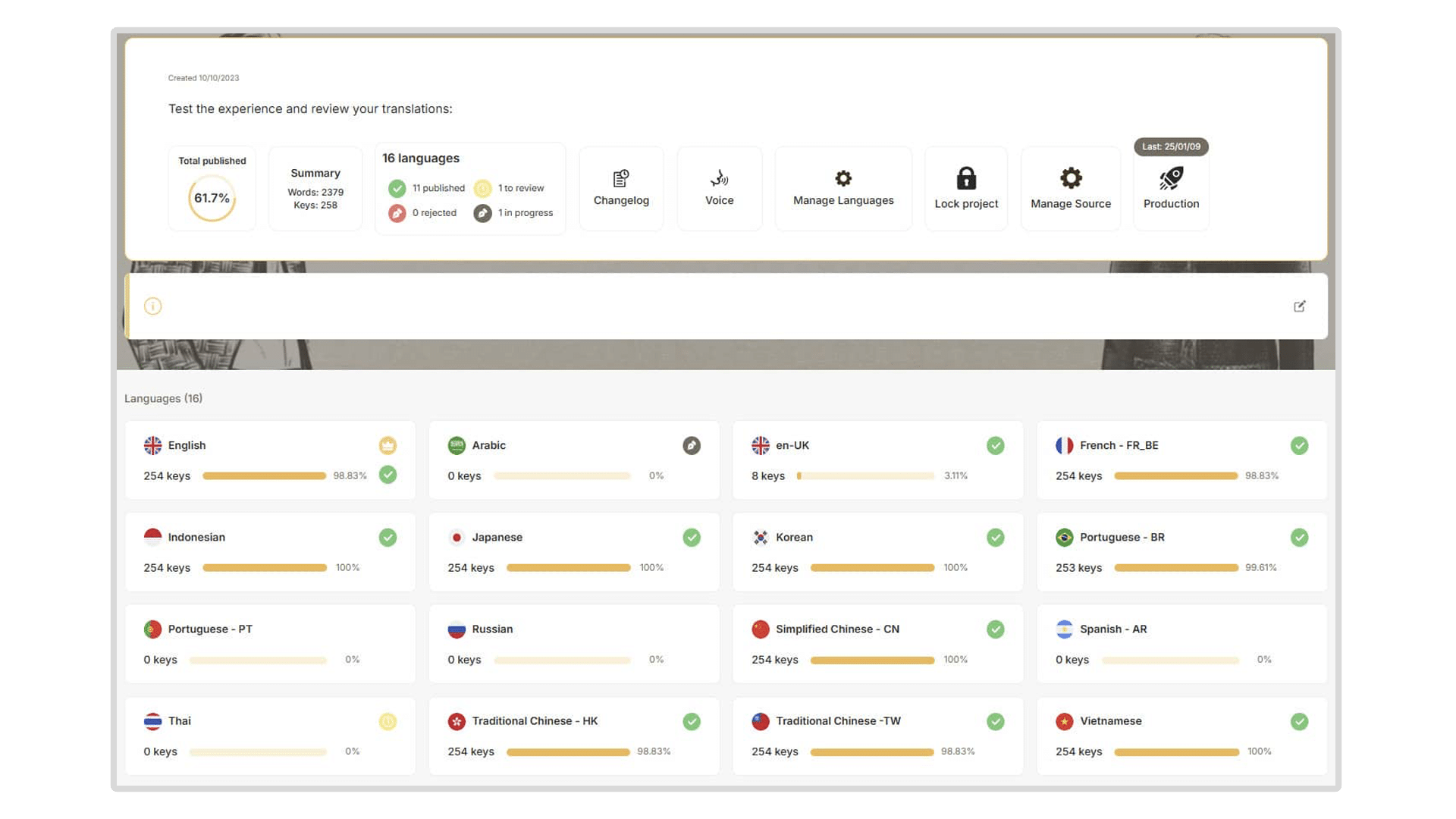
Transforming remote employee engagement

After a year of health crisis, telecommuting, encouraged by employers, is becoming a reality. This new hybrid way of working is taking hold all over the world and is forcing all organizations, large and small, to reinvent themselves and continue to deliver results despite the distance between employees. Just a few years ago, we were afraid of the idea of telecommuting, as it was synonymous with “too much freedom” and additional organizational efforts. Today, this is no longer the case, the physical and geographical distance between employees is democratized while presenting opportunities and risks.
RISKS LINKED TO DISTANCE, BUT ABOVE ALL OPPORTUNITIES
When Twitter announced that it would allow all of its employees to telecommute indefinitely in 2020, an influx of companies adopted the same decision in the wake, including Facebook, Square and Shopify. Google has even reported savings to the tune of US$268 million through telecommuting since last year. In addition, geographic diversity is sustainable and allows for internationalization of teams and perspectives. These recent opportunities have reassured employers about telecommuting and thus democratized this practice, which has become the rule in companies today.
The risks associated with this new work organization are real and can only be overcome by transforming the commitment of all employees, whether they are in person or remotely. However, the last year has allowed us to discover a plethora of communication formats and tools. These different formats and tools can be categorized according to the degree of commitment required from all participants. In this case, we speak of a hierarchy of collaborative engagement, which aims to transform the level of collaboration from simply receiving information to full engagement on the part of all.
CREATE THE LINK THROUGH COMMUNICATION, KEEP IT THROUGH INTERACTION
The flow of information is often one-way when it comes to digital communication formats (Zoom meetings, webinars with a hundred participants, messaging, etc.). However, the real opportunity is to encourage each employee to interact more actively with the content. Teams must be able to co-construct the information flow and work towards a collective interaction flow where each individual is able to actively participate in the conversation.
Interactive meetings, participatory streaming and workshops are among the more proactive formats than simple meetings or webinars, which require no commitment from participants, only passive attention. The attention of the participants must therefore be retained through effective and dynamic communication tactics.
Another level of collaboration is achieved through collaborative work tools that have become very successful: co-editing, collaboration, co-editing, etc. From Slack to Trello, through ClickUp and Figma, these tools allow each collaborator to actively participate in projects and discussions thanks to a free and instantaneous speech and action. Productivity at work is increased and these phenomena are quickly adopted by the vast majority of companies.
From a social point of view, the effective communication tool that has been used this past year is the Happy-hour Zoom. Serious and not-so-serious conversations are established between employees to foster team membership and a sense of belonging to the group. Despite the usefulness and relevance of this format, it does not promote active collaboration between teams, as it merely strengthens personal ties without contributing to the development of the company and its issues. For this reason, Zoom/Teams happy hours should remain at the heart of virtual interactions between employees without putting all the HR capital of team building on them.
EMPLOYEE COMMITMENT IS DETERMINED BY THE DEGREE OF COLLABORATION
At the same time, online games (and especially multi-player formats) have seen a real leap in their use because they allow for collective engagement, regardless of the geographical location of the players. This higher level of participation is applied in companies through virtual team building activities, quizzes, trivia, etc.
According to a study conducted by Emeraude Escape, 54% of respondents have participated in a virtual social activity since the beginning of the epidemic, yet 44% of respondents would prefer a collaborative virtual gaming activity. Of these respondents, 62% find the idea of corporate gaming “fun”, and 51% find it “exciting”. These figures demonstrate a real craze on the part of employees for more immersive, collaborative and fun game and activity formats. Many employees want to continue to have events with a challenge, 89% of the employees surveyed want events with competition or immersion, 72% want their company to gamify training to foster communication.
Virtual collaborative activities (games, seminars, escape games, championships, competitions, etc.) would stimulate cooperation and mutual aid between employees and cultivate a sense of belonging to the company while increasing the well-being of employees in a fun context. At this level of collaboration, employee engagement is transformed despite telecommuting and imposed distancing.
This will require the application of all the steps in the proposed hierarchy to reach the stage of total engagement. This is the stage of participation, interaction, proactivity and cooperation, all of which promote team integration and, subsequently, performance growth within the company.
Discover


Book A Demo
Get a personalized demonstration by one of our game design experts.


